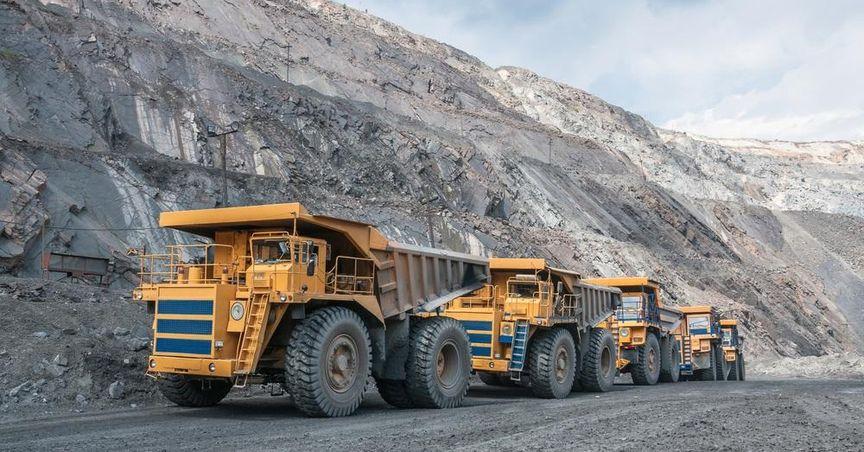Highlights
Gold's formation began in deep space through high-energy stellar explosions
Arrival on Earth occurred via ancient meteorite impacts shaping global reserves
Major producers span continents, with Australia among top contributors
The precious metals sector, home to prominent companies such as Newcrest Mining (ASX:NCM) and Northern Star Resources (ASX:NST), both of which are constituents of the ASX 100, is anchored in gold's uniquely cosmic story. This lustrous element has a heritage unlike any other—originating not from Earth but from violent cosmic events far beyond the planet’s skies.
Formed in space through processes that unfold when stars explode in events known as supernovae, gold’s atomic structure is the product of extreme energy and pressure. These stellar explosions generate the heavy elements that later coalesce into planetary material, embedding metals such as gold into early-forming celestial bodies.
Supernovae: Birthplace of Gold and Other Elements
The phenomenon known as supernova nucleosynthesis is responsible for crafting many of the periodic table’s heaviest elements. Gold, platinum, and uranium are all forged in this process. When neutron stars collide or when massive stars die in explosive bursts, the resulting energy creates the ideal conditions for element formation.
These cosmic ingredients are then ejected into space, eventually merging with dust and gases that become part of new planets and stars. Gold, having formed under these extreme conditions, is not inherently part of Earth’s original formation but a later addition via interstellar events.
Meteoric Arrival: Earth’s Encounter with Space-Borne Gold
Scientific theories suggest that the arrival of gold on Earth occurred through a phase of intense meteorite bombardment. These high-impact events in the early solar system delivered a range of heavy elements, embedding them within Earth’s crust over eons. Geological changes and tectonic activity then moved and concentrated this gold into specific regions over time.
The bond between gold and iron plays a significant role in how gold interacts with Earth’s layers. As the planet cooled, gold’s natural affinity to iron caused it to migrate toward the core, complicating its accessibility at the surface.
Formation of Deposits Through Geological Evolution
On the planet’s surface, gold exists in two primary forms: primary and secondary deposits. Primary deposits result from hydrothermal processes, where mineral-rich fluids circulate through the Earth’s crust, depositing gold into cracks and veins. These lode or hard rock sources are generally found deep underground and often demand intricate extraction techniques.
Secondary deposits arise from the erosion of primary deposits. Wind, water, or glacial activity transports gold to riverbeds and soil, where it accumulates in more accessible forms. Methods such as panning and sluicing are used to extract the metal from these sediments, though yields are typically lower than from primary sources.
Australia’s Prominent Position Among Global Producers
Gold mining spans every continent except Antarctica, with countries around the globe extracting and exporting significant volumes. Among the leading contributors is Australia, which ranks highly in both production and exports. The nation's reserves are distributed across ancient geological formations like archean greenstone belts—structures rich in gold-bearing rock that have existed for billions of years.
Companies such as Evolution Mining (ASX:EVN) and Resolute Mining (ASX:RSG) are active in this space and listed across indices including the ASX 200 and ASX 300. These firms play a central role in advancing Australia's presence in the global gold industry, exporting the resource to markets spanning from Asia to Europe.
From Star Dust to Global Trade Networks
Gold’s transformation—from material created in deep space to a resource extracted and distributed by human hands—is an enduring narrative of science and global commerce. As it moves through geological processes, economic systems, and cultural traditions, the metal’s origins remain a reminder of its extraterrestrial birth and terrestrial significance.



